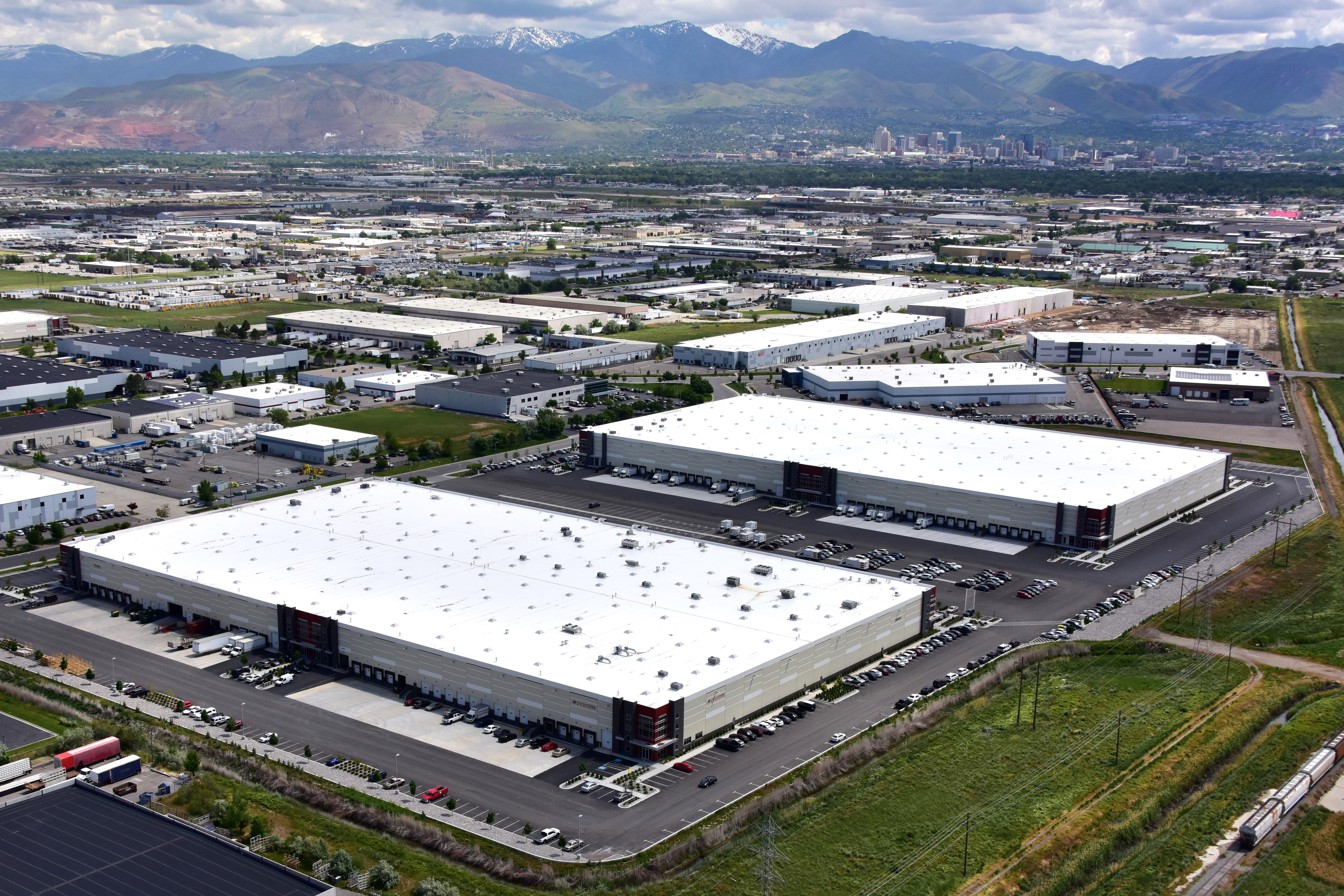Utah Levels the Playing Field for Data Centers: Five Questions for Thomas Wadsworth of GOED

December 3, 2020
Thomas Wadsworth is associate managing director and spearheads corporate recruiting efforts for the Governor’s Office of Economic Development (GOED). He collaborates on a daily basis with EDCUtah. We caught up with him to learn more about a change in state sales tax that pertains to data centers. We also asked about corporate incentives in general.
Thomas cautioned us at the start that he is not a CPA and is not giving tax advice. Companies and site selectors should confer with their trusted experts on the topics discussed below.
What is the change in Utah’s sales tax provisions that occurred recently?
In the 2020 session, the Utah legislature passed Senate Bill 114 – Sales and Use Tax Exemption Amendments. It modified the sales and use tax exemption related to certain data centers.
For one thing, it covers data centers of 150,000 square feet or more, so it’s a good fit for co-location and enterprise sites.
Next, the exemption is not just limited to servers, but it’s also broad enough to cover other machinery, equipment, and normal operation, maintenance and repair (MRO) parts.
A third provision is that it allows for data center tenants to qualify for the same exemption as data center operators. If the operator owns the equipment, the operator takes the exemption. If a tenant has an agreement with the data center operator to buy their own equipment, the tenant qualifies for the exemption.
Another key provision – the legislation is retroactive and pertains to data centers constructed after July 1, 2016. Facebook’s big Eagle Mountain, UT project qualifies.
What is the big benefit of these legislative changes for data centers?
The major benefit is that it makes Utah more competitive for the construction and operation of future data centers. It brings us in line with Oregon and other states known for their data center industries.
In addition, the data center industry is changing. Five or ten years ago, there were more large corporations building and running their own data centers. That list has shrunk as more mid-sized and large-sized clients are moving to the co-location model. This sales tax change allows us to compete for that co-location business especially, as I mentioned, if the client continues to purchase their own equipment. This brings our tax structure in line with changing industry needs.
What impact have you seen or anticipate in terms of interest in the Utah market?
With apologies to my CPA friends, tax bills are not the most riveting news. Like most tax bills it’s taken some time for people to learn of the change and to understand all the details. Recently we‘ve seen a lot more interest, especially since Facebook announced a new phase of expansion in Eagle Mountain, and Novva Inc. announced their new campus in West Jordan, UT. I expect that interest from the market only to build in the next year, particularly since the U.S. economy is seeing an unprecedented boom in ecommerce and companies need more computing power.
What’s your elevator speech to site selectors?
Our high desert climate provides a tremendous advantage for data centers. We enjoy cold winters and cool summer nights. The need for water or coolant equipment is not as dramatic as in other regions.
In addition, we have relatively low costs of power and real estate. In terms of infrastructure, our fiber network runs east, west, north, and south along our major highway grid. Our state’s Department of Transportation has long been one of the most progressive agencies in the country when it comes to laying dark fiber whenever they are doing major construction or road maintenance.
Water, of course, is a constraint in a desert, but we’re seeing some really innovative technology in play. Both Facebook and Novva are deploying some really interesting conservation solutions.
Up to this point, the missing piece of the puzzle was sales tax, and I applaud our legislature for closing this gap. What this sales tax change does is put us on an even footing with the best places globally to site a data center.
Bonus round on a different topic. Discuss the wage growth in the state and how it may impact incentives that GOED offers.
In part due to the success of our long-running, post-performance Economic Development Tax Increment Financing (EDTIF) incentives, we’ve seen wage growth in Utah. The incentives have been a factor in bringing high-paying jobs here.
We just received data for the most current reporting period, and statewide, wages are ahead of inflation. Along the Wasatch Front – which is the urban region from Provo in the south, Salt Lake City in the middle, and Ogden in the north – wages have risen 4% to 5%. Off the Wasatch Front, growth has generally been 3%, or just ahead of inflation.
Currently our EDTIF incentives apply when the jobs a company brings pay wages that are 110% of the given county’s average wage. So with the new data, our thresholds in urban counties will call for higher paying jobs than in the past to qualify for EDTIF.
We’re hoping this encourages companies to take a closer look at the counties adjacent to the Wasatch Front as well as our rural counties across the state. I’m happy to say that we have a number of rural jobs incentives that are stackable on top of EDTIF. In other words, we have tools in the toolkit to make it worth a company’s while to expand their geographic selection criteria.
For more information, visit https://business.utah.gov/programs-initiatives/corporate-recruitment-incentives/






